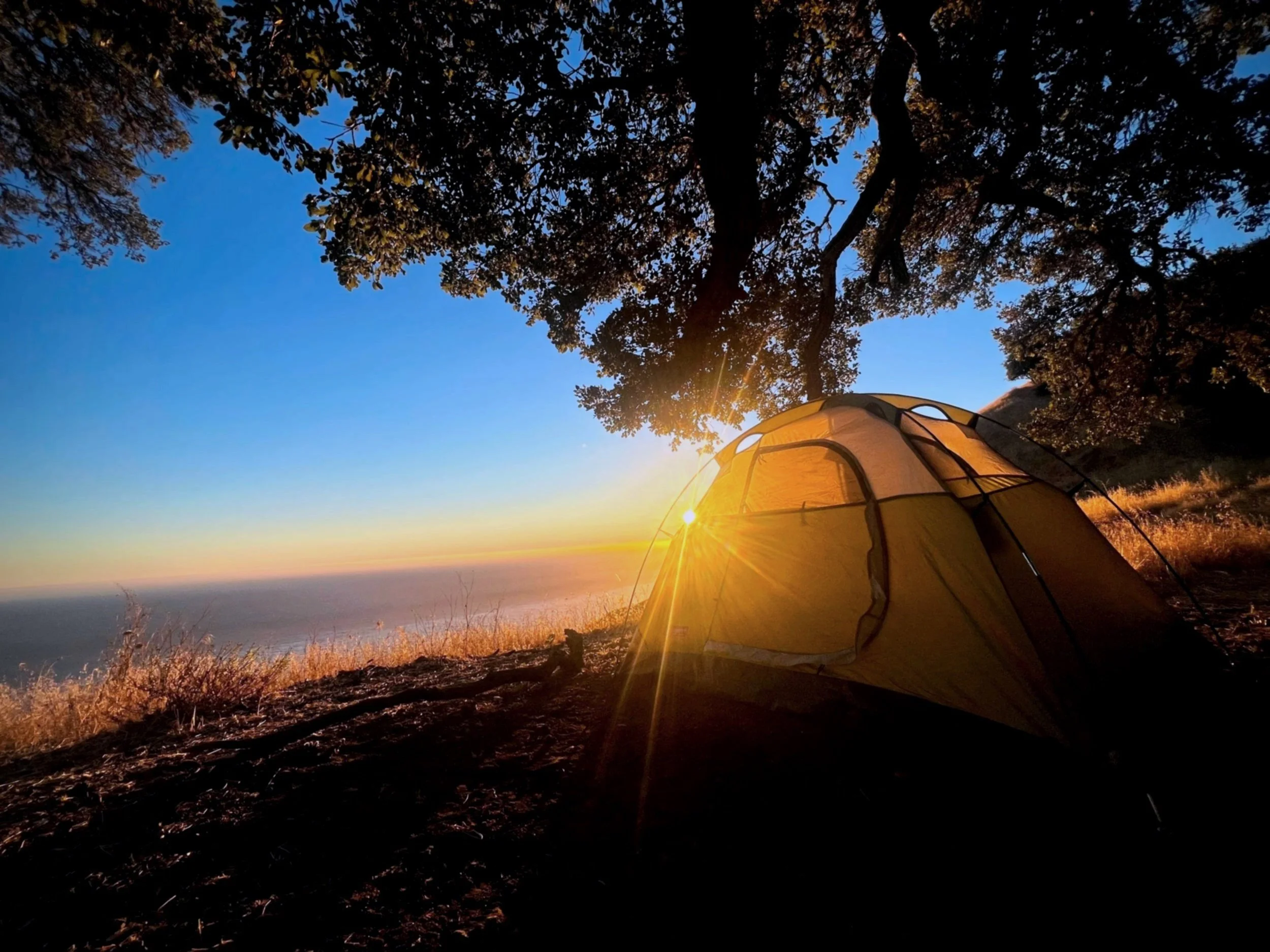Why Systems Matter in Western Hunting
Western hunting isn’t just a hobby—it’s a lifestyle that demands preparation, discipline, and strategy. From navigating complex tag applications to performing under pressure in the field, every phase of a successful hunt depends on one key principle: having systems in place.
Too many hunters approach each season with excitement but no structure—resulting in missed deadlines, inefficient packing, poor planning, and ultimately, lost opportunities. That’s where we come in.
This four-part blog series is designed to help you build a rock-solid foundation through repeatable, adaptable systems that work season after season. Whether you’re a seasoned veteran or just starting your western hunting journey, the tools and tips we cover will give you a clearer path from tag to table.
Each system is a step forward in becoming a more capable, confident, and consistent Western hunter. Dial them in, and you’ll spend less time second-guessing—and more time hunting.
Let’s get started.
Part 1: Application Systems – Drawing Tags with Purpose
Western hunting starts with one thing: a tag. Whether you're chasing elk in Colorado, mule deer in Nevada, or antelope in Wyoming, no hunt happens without a tag—and that means navigating the complex world of applications, preference points, and draw odds.
Without a system, it's easy to miss deadlines or make poor decisions that cost you years of opportunity. A solid application system keeps you organized, intentional, and efficient.
Campsite photo by: First Shot Outdoors
A Solid Application System Includes:
A Calendar of State Deadlines: Use a digital calendar with reminders for each state's application and point purchase windows.
A Tiered Strategy: Divide your goals into dream hunts, mid-tier opportunities, and consistent OTC or easy-to-draw options.
Budget Allocation: Plan your annual spending across license, application, and point fees.
Tracking Spreadsheet: Maintain a log of all applications, points, and results each year.
This approach removes guesswork, focuses your strategy, and builds momentum year over year.
Part 2: Hunt Planning Systems – Maximizing Opportunity Once You Have a Tag
Drawing a tag is only the beginning. Planning how you'll hunt that tag is what determines success.
E-scouting with online mapping (using GOHUNT here).
Build a Hunt Planning System That Includes:
Map and Access Research: Use OnX, Gaia, and state maps to locate public land, trailheads, and closures.
E-Scouting & Behavior Analysis: Study harvest stats, migration routes, and habitat zones to predict animal behavior.
Logistics & Timeline Planning: Structure travel, camp setup, hunting days, and contingency plans.
Tiered Field Plans: Prepare Plans A, B, and C based on pressure, weather, and access.
Centralized Intel Storage: Keep maps, regs, pins, and notes in one digital dashboard or binder.
Plan thoroughly so you can adapt quickly.
Part 3: Gear Systems – Efficiency, Function, and Confidence in the Field
Gear isn't about having more—it's about having the right tools for the job, organized into a repeatable system.
Late-season hot tents with a stove are essential.
Key Components of a Gear System:
Tiered Gear Lists: Separate core, optional, and seasonal gear for quicker packing.
Modular Loadouts: Build setups based on hunt style (day, spike, truck-based).
Field-Tested Choices: Validate your gear in real-world conditions, not just by reviews.
Maintenance Routine: Restock, clean, and repair gear post-hunt for next use.
Pre-Hunt Checklists: Use checklists to confirm gear readiness before every trip.
Your gear system should reduce stress and increase efficiency, letting you focus on the hunt.
Part 4: Field Systems – Staying Sharp, Safe, and Effective in the Moment
Success in the field depends on consistency, focus, and mental toughness—all supported by systems.
Glassing small openings can be as effective as scanning open areas.
Essential Field Systems Include:
Daily Hunt Routine: Structure mornings, mid-day resets, and evening debriefs.
Glassing and Movement Strategy: Glass with purpose, move quietly and efficiently.
Decision-Making Framework: Set rules for shot selection, stalks, and recovery plans.
Pack Organization: Store items in consistent locations for quick access.
Fatigue Management: Use small routines to stay mentally sharp and physically fueled.
A strong field system helps you stay in the game longer and perform better under pressure.
Final Thoughts: Systems = Success
Sunset photo by: First Shot Outdoors
These four systems work together to create a foundation for western hunting success:
Application Systems
Hunt Planning Systems
Gear Systems
Field Systems
When dialed in, they eliminate guesswork, increase efficiency, and build the confidence you need to hunt harder, smarter, and more effectively each season.
Want help building your personal system?
Work with our team of experienced coaches to design a strategy tailored to your goals, schedule, and budget.
Andrew Ellis Founder of First Shot Outdoors






